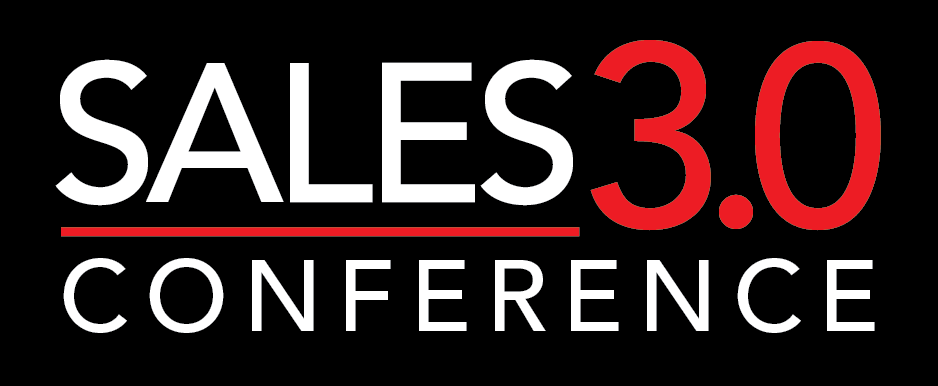Sales is a tough gig. I’ve been in the industry for nearly 15 years, holding positions from entry-level sales rep to VP of sales – and just about everything in between. Unfortunately, B2B selling is only getting more complex.
One of the biggest issues: Buyers today want to stay anonymous online as long as possible, which means targeting the right sales leads is more difficult than ever before.
What Is a “False Positive” Sales Lead?
It may be a medical term, but false-positive diagnoses happen in sales, too.
“False positive” sales leads are those you’ve mistakenly labeled as likely to close. In these cases, it’s harder for sales reps to avoid pursuing dead-end opportunities.
But how do you help salespeople find that needle in the haystack?
As a sales leader, if you told me to take the budget and resources previously driving hundreds of sales leads – and redirect them to start focusing on fewer accounts – I’d have thought you were crazy. But, instead of hunting down questionable “leads,” sales teams can sell more when they have a better way to prioritize time and effort. Here’s how you can stop chasing the wrong opportunities and start identifying the right ones.
Stop Using Broken Lead Scoring Methods
Most of our current B2B lead-scoring methods are broken.
The insights are limited to first-party data – which would include your company’s online forms, Webinar guestlist, and newsletter subscribers – and only focused on one persona rather than the entire buying committee.
Buyers purchase in groups today; nine people are involved in an average purchasing decision. That means examining data on a single lead isn’t nearly enough. The problem is, you could focus your time on the lead from a CEO who isn’t even looking to buy, while completely ignoring the lead from an intern doing research for a CEO who is actively seeking to purchase a solution.
All this running around chasing the wrong opportunities is the result of misalignment between sales and marketing. Today, most of the buyer journey takes place in the “dark funnel” – where signals like anonymous Web visits, third-party research, and false form fills go unseen. Operating with all of this unknown information leaves sales going off one set of data and marketing going off another; but, when these teams work in tandem, they generate 38 percent more revenue in 27 percent less time.
To align, sales and marketing teams have to combine resources so they can work off the same insights and deliver a cohesive message to buyers. By establishing common goals, like increasing average deal size and time to contact, sales and marketing work together to close a deal.
Start Prioritizing Sales Leads
Your approach to selling has to be more proactive. To be successful, teams need visibility into the entire buying journey – allowing them to anticipate leads early in the funnel and line up campaigns to launch even before a form is filled out.
As a sales rep, imagine how easily you’d close deals if you could carefully analyze every person in every account at every stage in the buying journey, then use that information to determine which accounts your time is best spent on. Luckily, prioritizing leads is possible with comprehensive data.
Take Mediafly, a sales-enablement software company, as an example. Originally using a leads-based approach – particularly focused on events and inbound – Mediafly’s strategy drove a lot of activity for sales reps but left them running after leads that didn’t produce the bottom-line results they wanted. To generate results, the team needed a way to prioritize which accounts were likely to convert. By leveraging known and unknown buyer signals uncovered with AI, Mediafly could orchestrate an enormous volume of buyer intent data to focus on leads that were more likely to close. And, with those insights in their arsenal, Mediafly increased inbound quality by 10x.
Personalize Your Message to Convert Sales Leads
Selling isn’t a one-size-fits-all approach. After you’ve identified the right sales leads, the secret sauce to selling more is personalizing your message to address the buyer’s specific need at their specific stage in the journey. How you interact with leads just starting their initial research will be different from how you engage with someone close to finalizing their purchase – and a sales rep’s time is better spent on leads close to converting.
Sales teams armed with the ability to predict for timing – or the ability to identify when accounts are at a certain stage in their journey – can focus their time pursuing the leads closer to making a decision. With the ability to pull insights that show why it’s the right time to engage and detail all previous interactions (like anonymous Website visits, keyword searches, and content consumption), sales reps can create meaningful conversations with any member of the buying committee at the most critical stage in their process.
Chasing down every lead possible isn’t the key to closing deals. By uniting with marketing, utilizing buyer data to prioritize the most important account, reaching out at exactly the right time, and personalizing their messages, sales teams can stop guessing which leads they should go after and start pursuing only the leads they’re most likely to turn into deals.

Mark Ebert, VP of Sales at 6sense.




